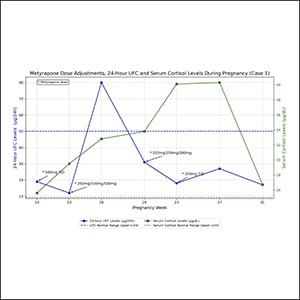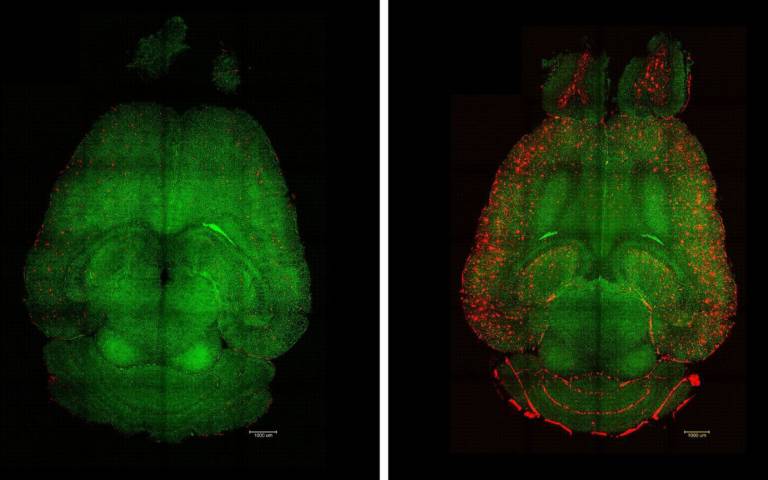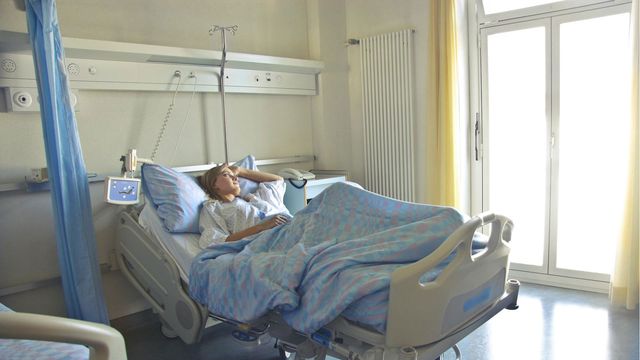A PRS313 blood test could help predict if abnormal cells are likely to become breast cancerous or not.
A retrospective study utilizing the 313-SNP breast cancer polygenic risk score (PRS313) blood test has revealed that women…

A PRS313 blood test could help predict if abnormal cells are likely to become breast cancerous or not.
A retrospective study utilizing the 313-SNP breast cancer polygenic risk score (PRS313) blood test has revealed that women…

Harmful algal blooms may be affecting dolphins’ brains and causing them to become disoriented and strand, according to researchers in the USA.
The scientists studied the brains of 20 bottlenose dolphins that had beached themselves along…

Ronald Klein was biking around his neighborhood in North Wales, Pennsylvania, in 2006 and tried to jump a curb. “But I was going too slow — I didn’t have enough momentum,” he recalled.
As the bike toppled, he thrust out…

OXFORD, Oxfordshire, UK, 14 October 2025 — In a compelling Genomic Press Interview published today in Genomic Psychiatry, Dr. Najaf Amin unveils transformative insights that fundamentally reshape international understanding of…

Beverly MK Biller, Nidhi Garg, Susan J Mandel, Lara McHan, Angeliki Theodorou, Thomas J Weber
JCEM Case Reports, Volume 3, Issue 11, November 2025, luaf225
https://doi.org/10.1210/jcemcr/luaf225
On July 14, 2025, the journal…


Cancer is a challenging enough diagnosis, but many patients are dealt a second blow, even as they heal: “chemo brain.”
Also called “brain fog,” this mix of cognitive issues — memory problems, struggling to find words, an inability…
